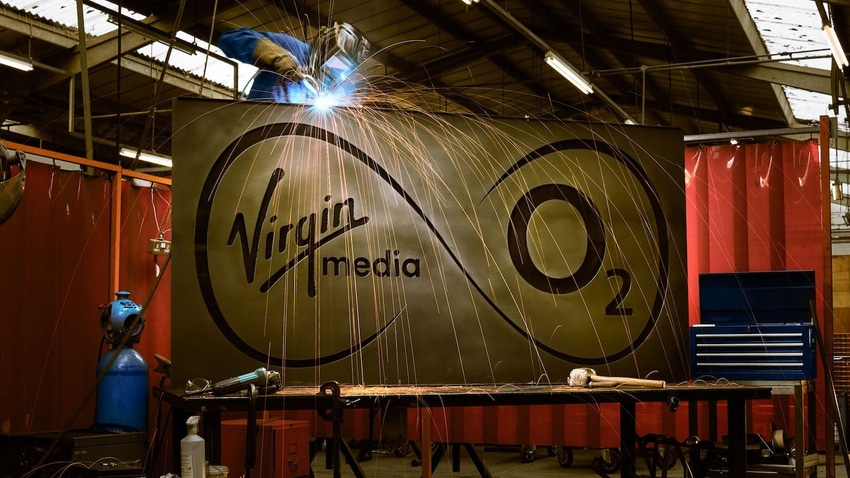VMO2 is bolting small cells onto some of its fibre cabinets
Virgin Media O2 (VMO2) thinks its fibre cabinets may hold the key to rapid mobile coverage expansion.
March 18, 2024

In a new trial, the UK telco revealed it has been installing 4G and 5G small cells at some of its cabinets. The masts are compact enough to not require planning permission, and the fibre network carries the data traffic to and from the site.
"As we continue investing to upgrade and expand our network, we're always looking for new ways to work smarter and deliver more for our customers," said VMO2 CTO Jeanie York. "Groundbreaking trials like this can help boost mobile coverage and bring next generation services to even more customers."
This could be good news for the economics of 5G densification. 5G is struggling to deliver on its hype but macro network capex has already peaked. The next few years is all about upgrading to 5G standalone (SA) and targeted improvements to coverage and capacity – all without breaking the bank.
Indeed, in early February, Three UK showcased its effort to improve connectivity cost effectively by deploying Open RAN-capable small cells in Glasgow.
For its trial, VMO2 is trying out some clever technology that enables its fibre network to not just carry data, but also supply electricity to the small cells. VMO2 refers to it as 'digital electricity' and says it is the first time it has been put to use in the UK.
Here at Telecoms.com, the term 'digital electricity' is sufficiently vague to engender a high degree of scepticism, but a bit of googling reveals that it is indeed a technology owned and trademark by a company called VoltServer.
VMO2 confirmed it is indeed using this tech, which consists of a rack-mounted transmitter that converts either AC or DC electricity into packets – much like data – and sends them down the cable to a receiver at the other end which then converts them back into AC or DC power.
The advantages of digital electricity are that it doesn't require heavy duty cabling to be installed by a specialist – which equates to less time, complexity and therefore cost. It can also supply up to 2000 watts, way more than say, power of Ethernet (PoE), so it can be used for more demanding applications like cellular networks. Digital electricity also continuously monitors for faults and can halt transmission as needed.
VMO2 explained in an email to Telecoms.com that for its trial it has been using 'hybrid cables', which consist of fibre for connectivity with copper cores for VoltServer's power transmission solution.
These hybrid cables can be deployed on VMO2's existing duct and pole infrastructure, meaning the technology is applicable to its existing footprint of some 25,000 cabinets. VMO2 is also busy upgrading to FTTP, so new cabinets could also be equipped with these cables.
Nexfibre – the wholesale fibre joint venture between VMO2 parents Telefónica and Liberty Global – is getting underway with its own rollout and might also want to use them – VMO2 did mention that Liberty is involved in the trial.
As well as small cells, VMO2 reckons digital electricity could also be used to add EV charging stations to its cabinets.
"The ability to use our existing national fixed network to backhaul and power small cells could be transformational – helping us save time and money, open up new revenue streams, support smart city technology and fully leverage the benefits of our scaled converged network," York said.
About the Author(s)
You May Also Like








.png?width=300&auto=webp&quality=80&disable=upscale)


_1.jpg?width=300&auto=webp&quality=80&disable=upscale)


.png?width=800&auto=webp&quality=80&disable=upscale)